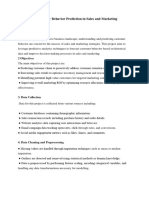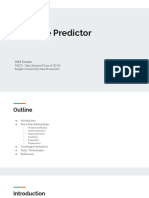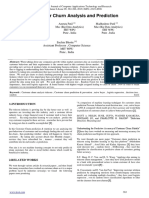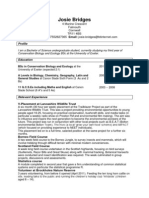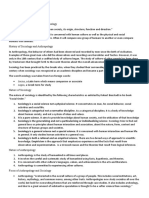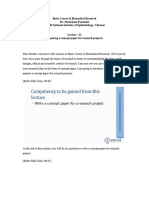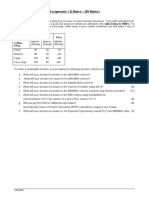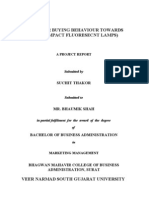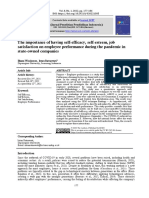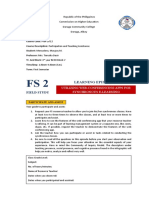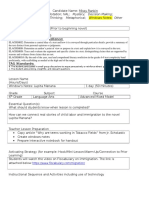0% found this document useful (0 votes)
30 views11 pagesDaa 01
The document outlines a digital assignment focused on Customer Relationship Management (CRM) using data analytics to predict customer behavior and trends. It discusses the significance of understanding customer behavior for businesses, various algorithmic strategies for analysis, and ultimately chooses dynamic programming for its efficiency in handling large datasets. The assignment includes a practical implementation using a Random Forest Classifier to predict customer churn based on demographic and behavioral data.
Uploaded by
ashokydv0369Copyright
© © All Rights Reserved
We take content rights seriously. If you suspect this is your content, claim it here.
Available Formats
Download as PDF, TXT or read online on Scribd
0% found this document useful (0 votes)
30 views11 pagesDaa 01
The document outlines a digital assignment focused on Customer Relationship Management (CRM) using data analytics to predict customer behavior and trends. It discusses the significance of understanding customer behavior for businesses, various algorithmic strategies for analysis, and ultimately chooses dynamic programming for its efficiency in handling large datasets. The assignment includes a practical implementation using a Random Forest Classifier to predict customer churn based on demographic and behavioral data.
Uploaded by
ashokydv0369Copyright
© © All Rights Reserved
We take content rights seriously. If you suspect this is your content, claim it here.
Available Formats
Download as PDF, TXT or read online on Scribd
/ 11

